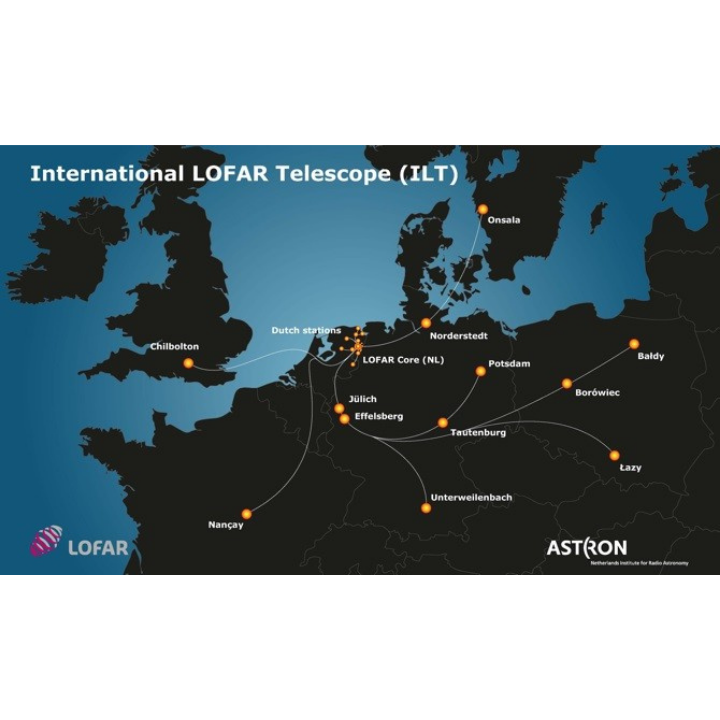The interstellar medium
The radio signal received from pulsars is a powerful tool for the study of the interstellar medium. The measurement of the frequency dispersion of the signal, the measurement of the multi-propagation, the scintillation, and the Faraday rotation inform us about the electronic content integrated along the line of sight, about the magnetic field in the Galaxy, and about their long-term variations. The time dispersion of the signal (“pulse broadening”), allows us to gauge the effect of multi-propagation and the heterogeneity of the medium crossed. More globally, the scintillation which can be characterized by the detailed study of the dynamic spectrum, informs us about the turbulence scales of the interstellar medium. Finally, the measurement of the Faraday rotation, contains information on the average magnetic field along the line of sight.
All these effects are particularly pronounced at low frequencies, making LOFAR, and especially NenuFAR, an ideal instrument for their study. The low frequency monitoring of a set of pulsars, with multiple viewing directions, allows us to probe in a very complete way the global characteristics of the interstellar medium that surrounds us inside a bubble of a few kpc. Pilot studies have already been done with the UTR2 (Ukraine) and LOFAR radio telescopes. In particular, 200 pulsars are regularly monitored with the LOFAR-FR606 station in standalone, highlighting variations of beam profiles and variations of the dispersion measurement. Similarly, we follow 50 pulsars at lower frequencies using the radio telescope NenuFAR to search for tiny variations.


